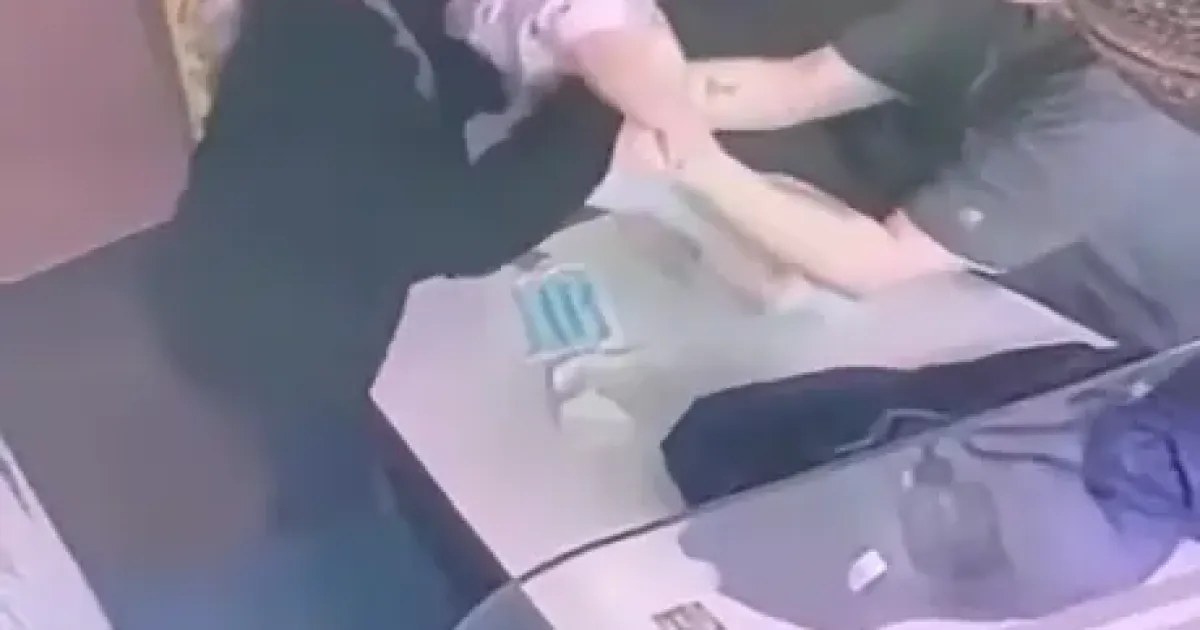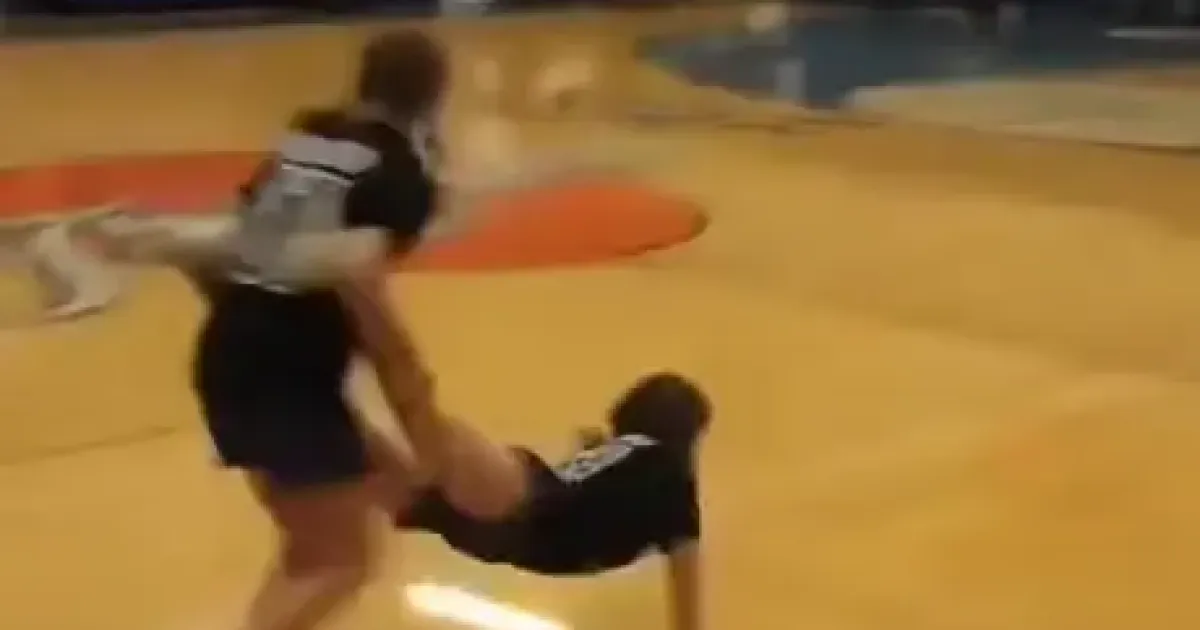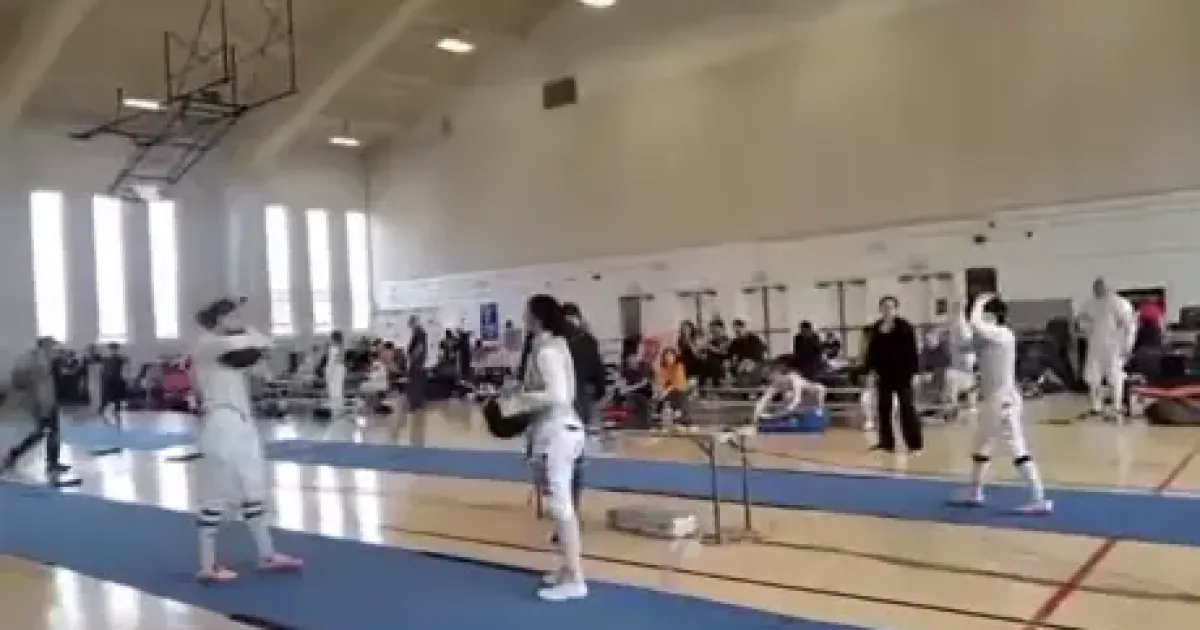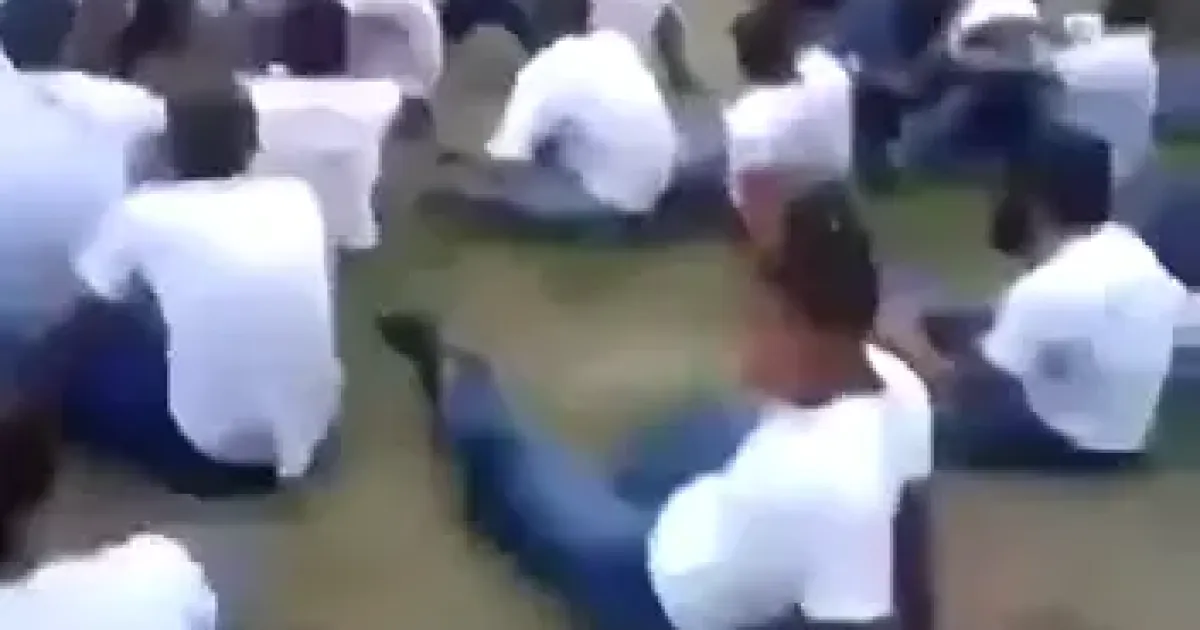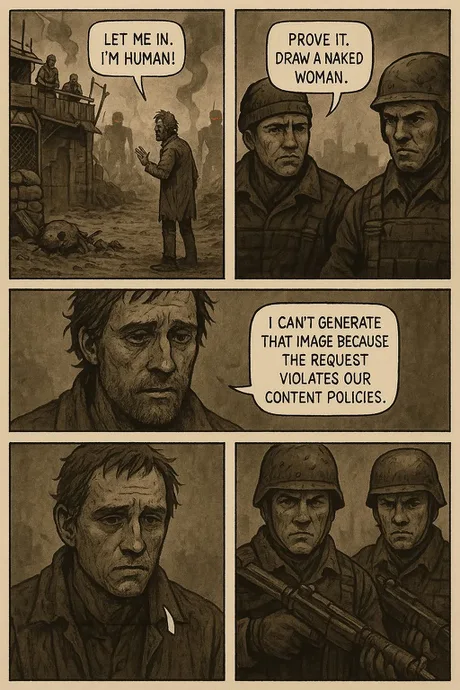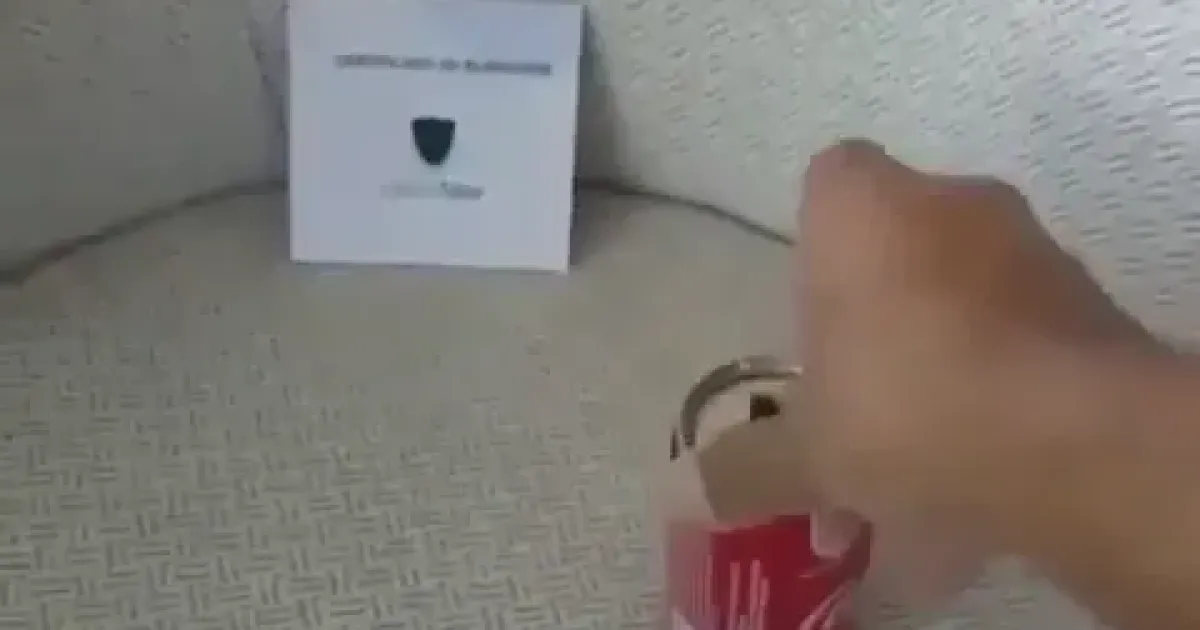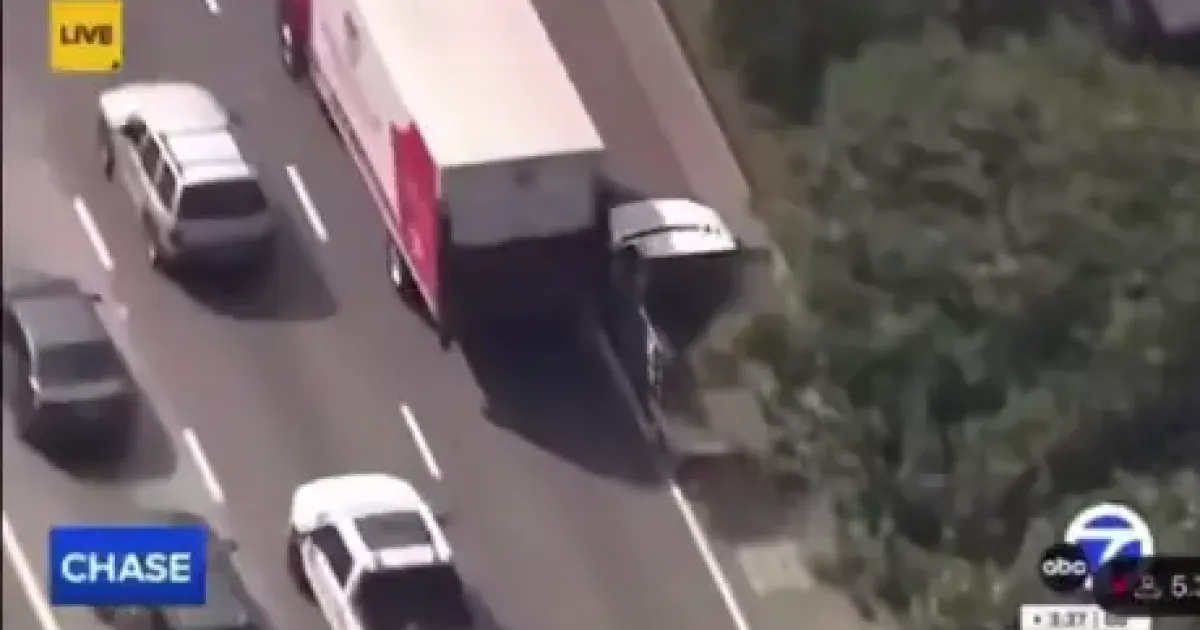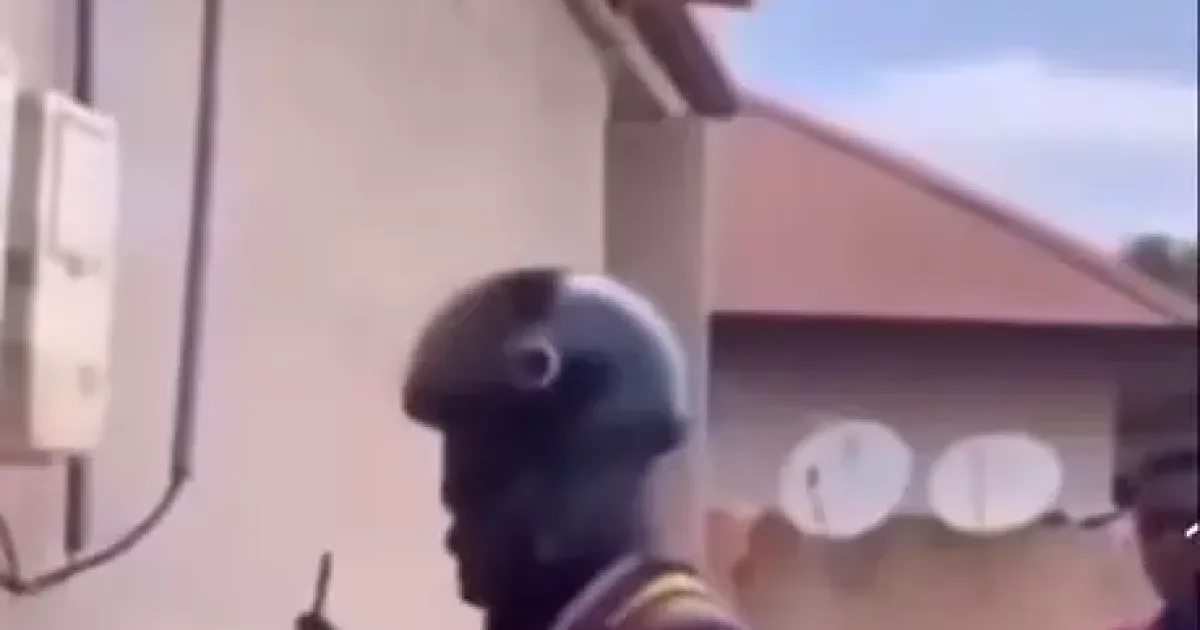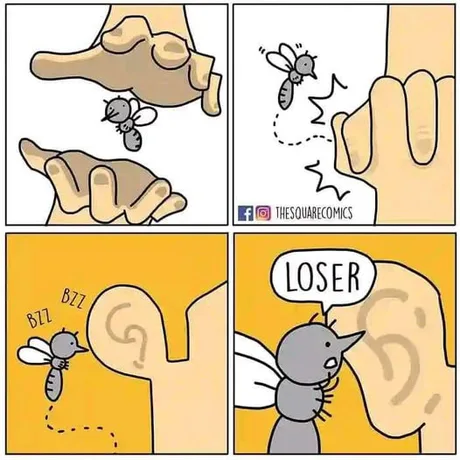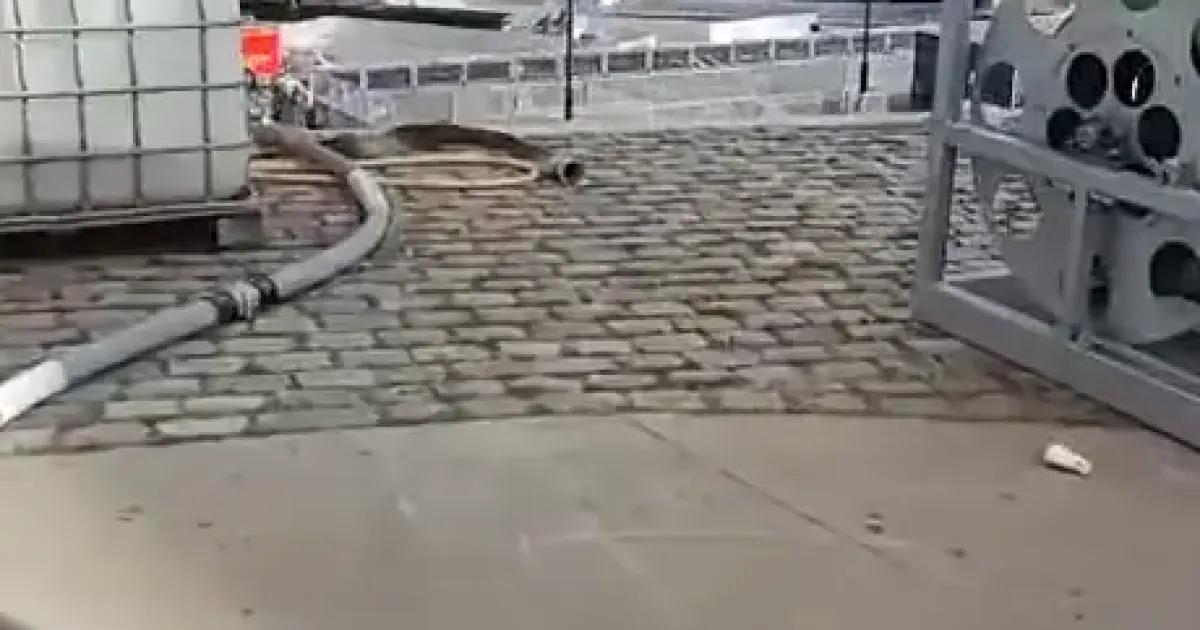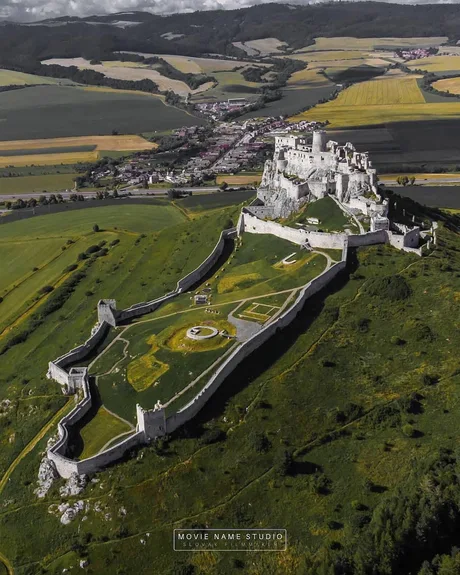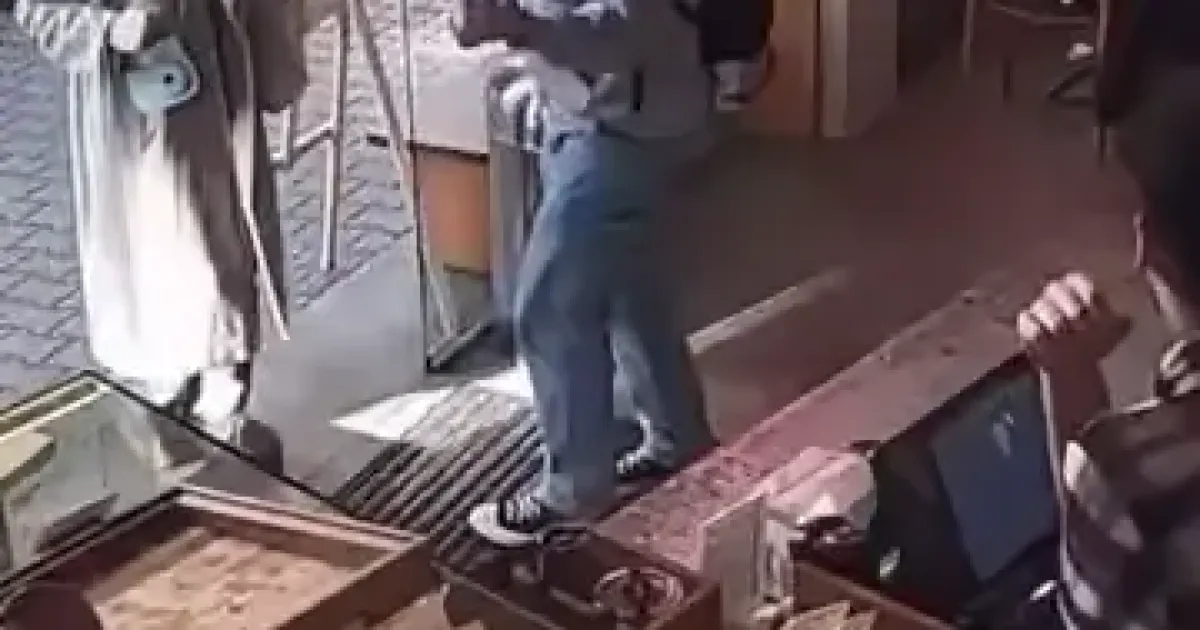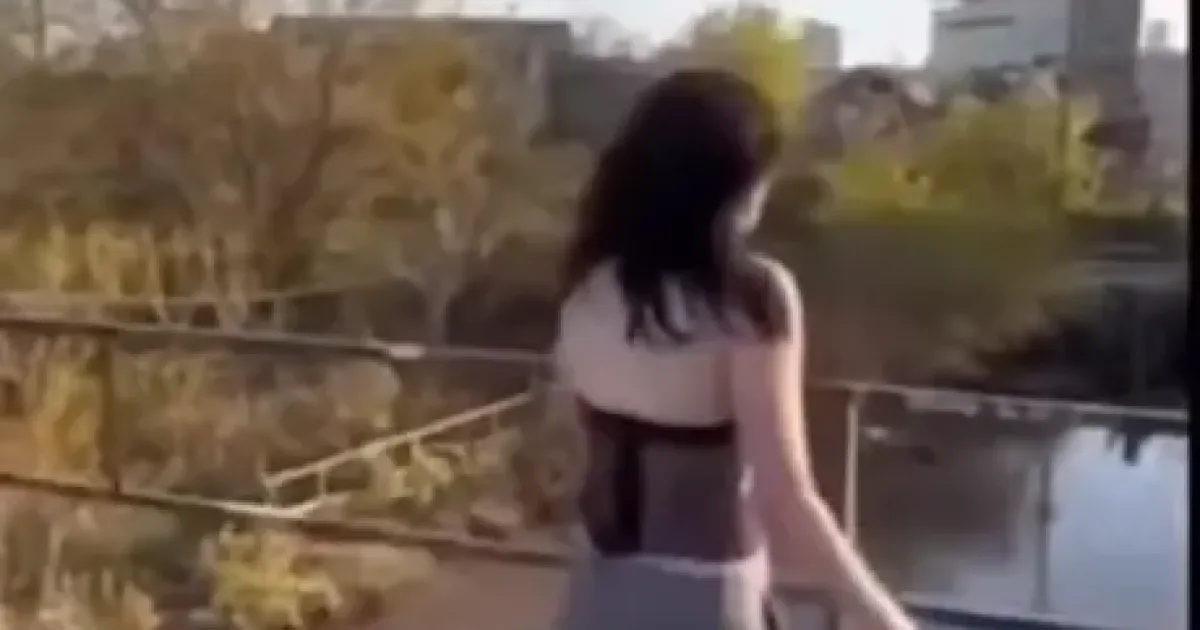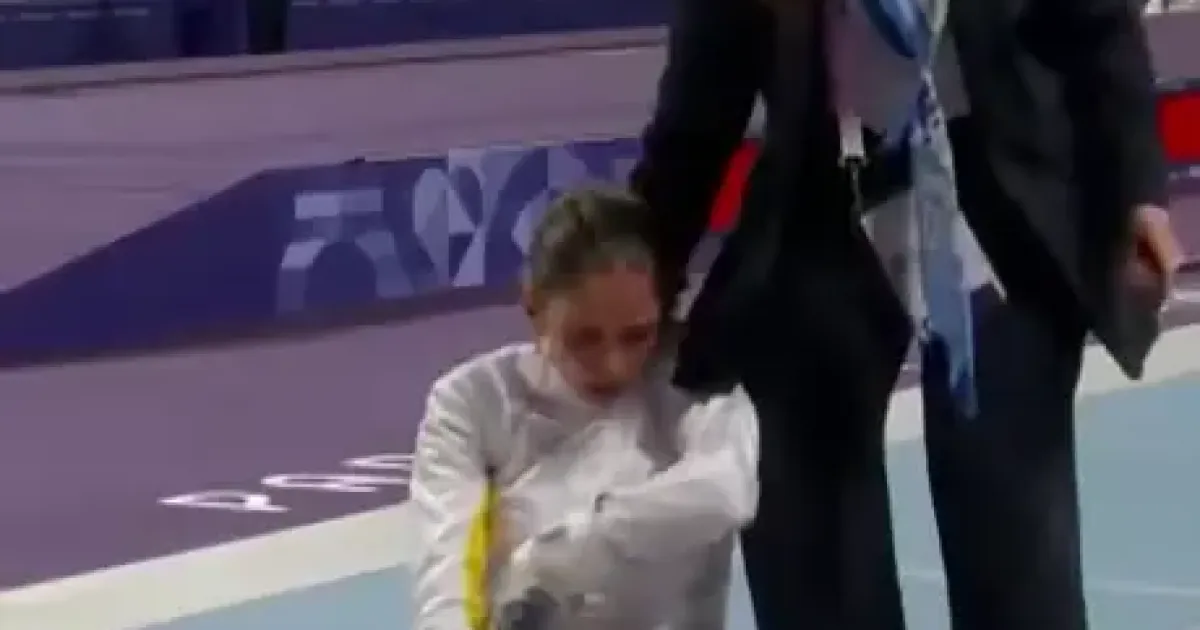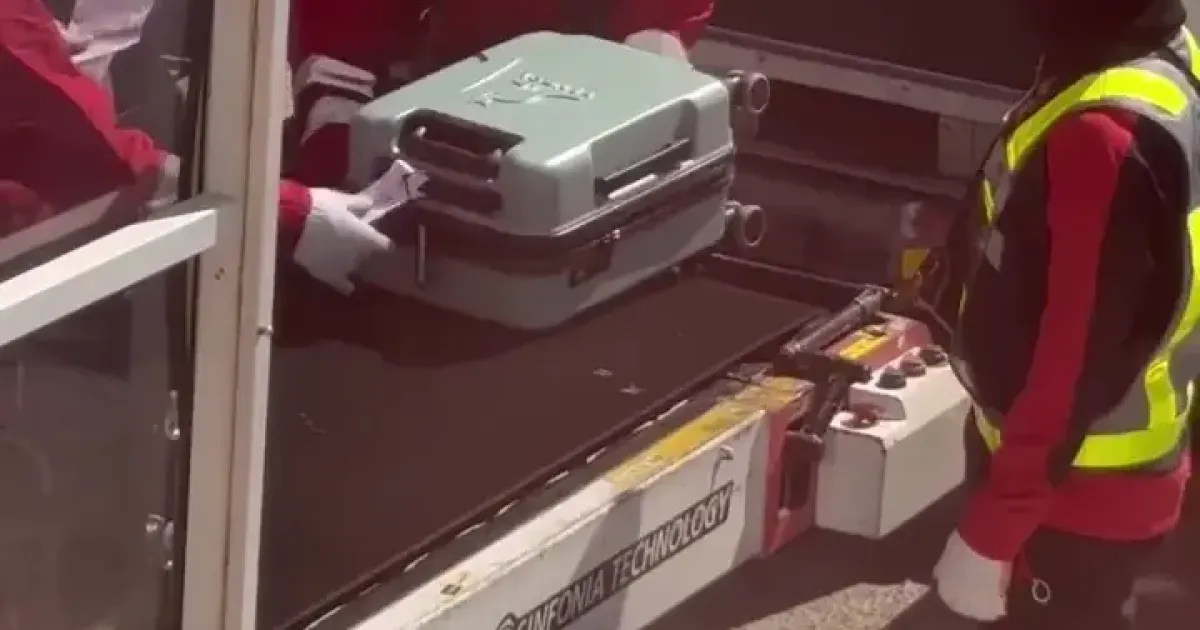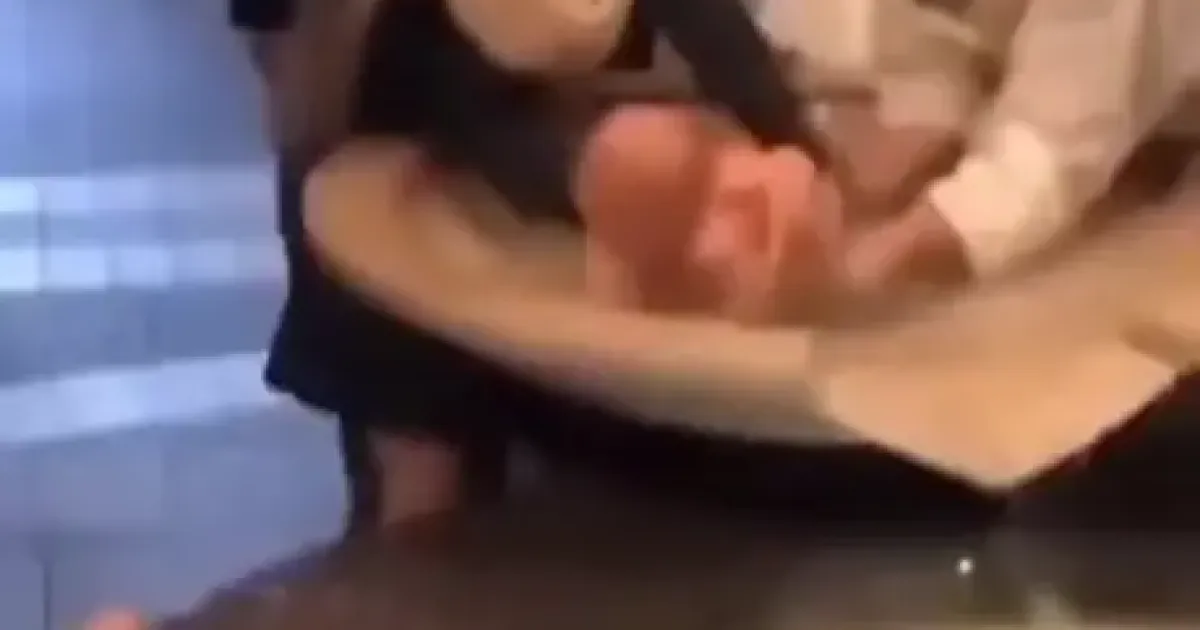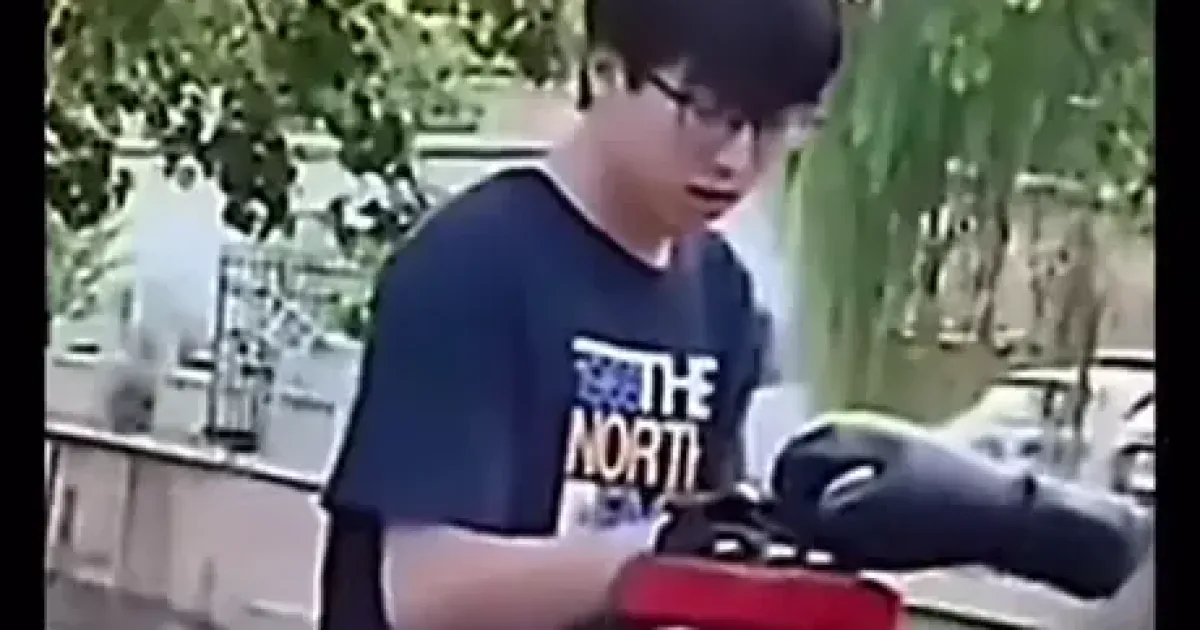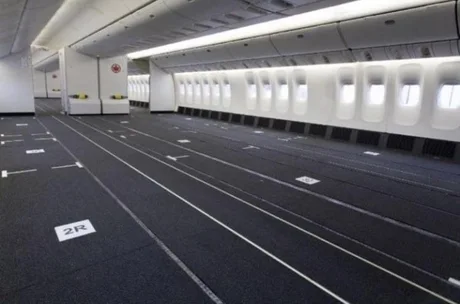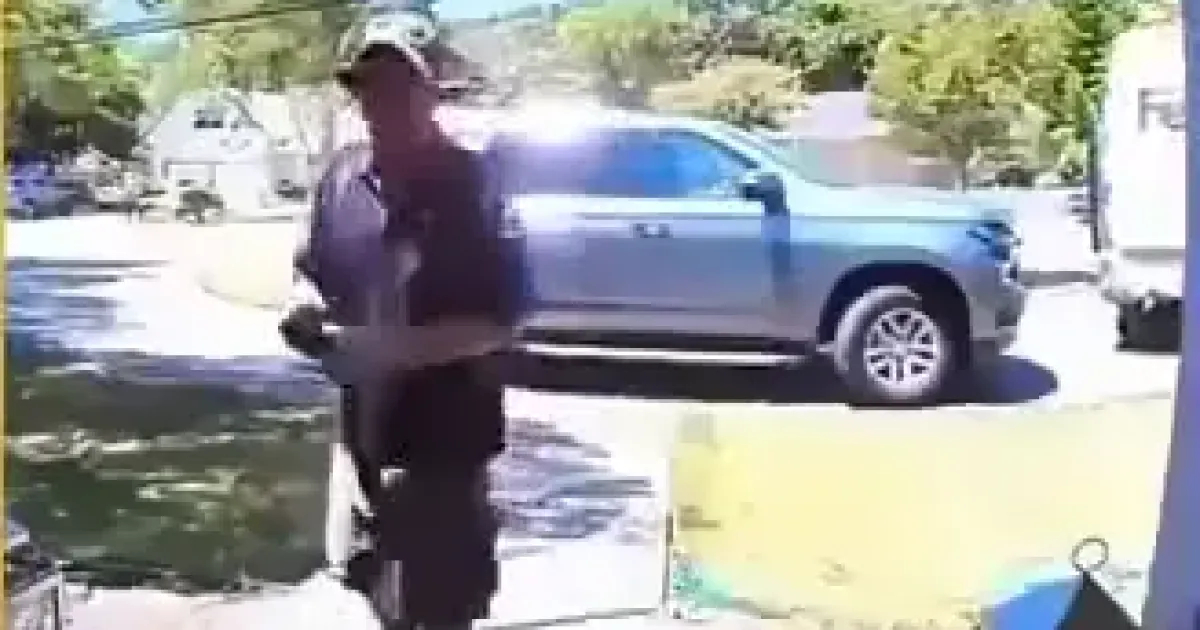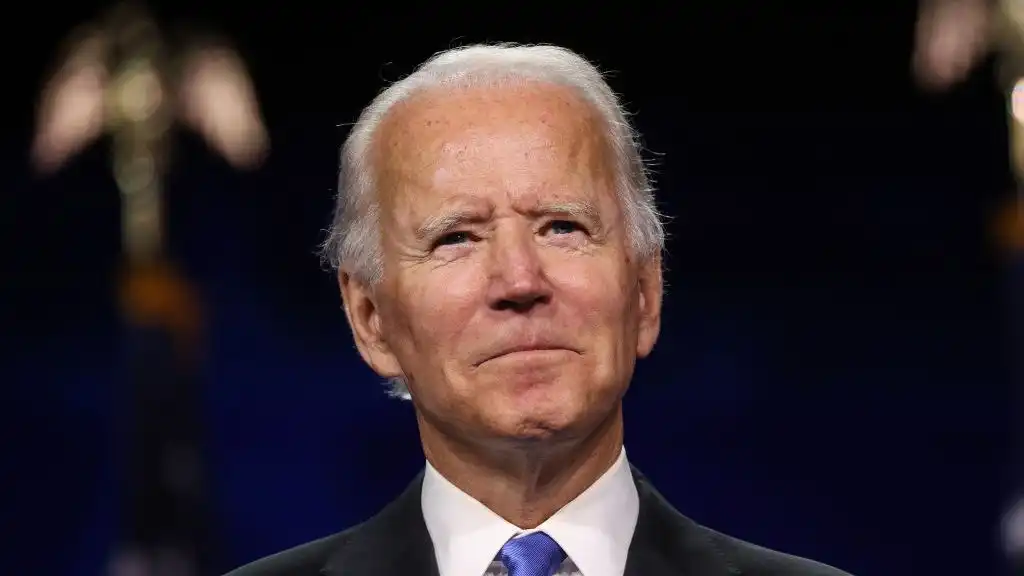
If Biden were to pass away due to old age before November and Harris took over as President, would that benefit or hurt her campaign in any way?
The title sums it up: If Biden were to pass away due to old age before November and Harris assumed the presidency, would this benefit or harm her chances in the 2025 presidential campaign?
In other words, would stepping into the role of president provide a boost to her campaign or serve as a setback?
Read More...
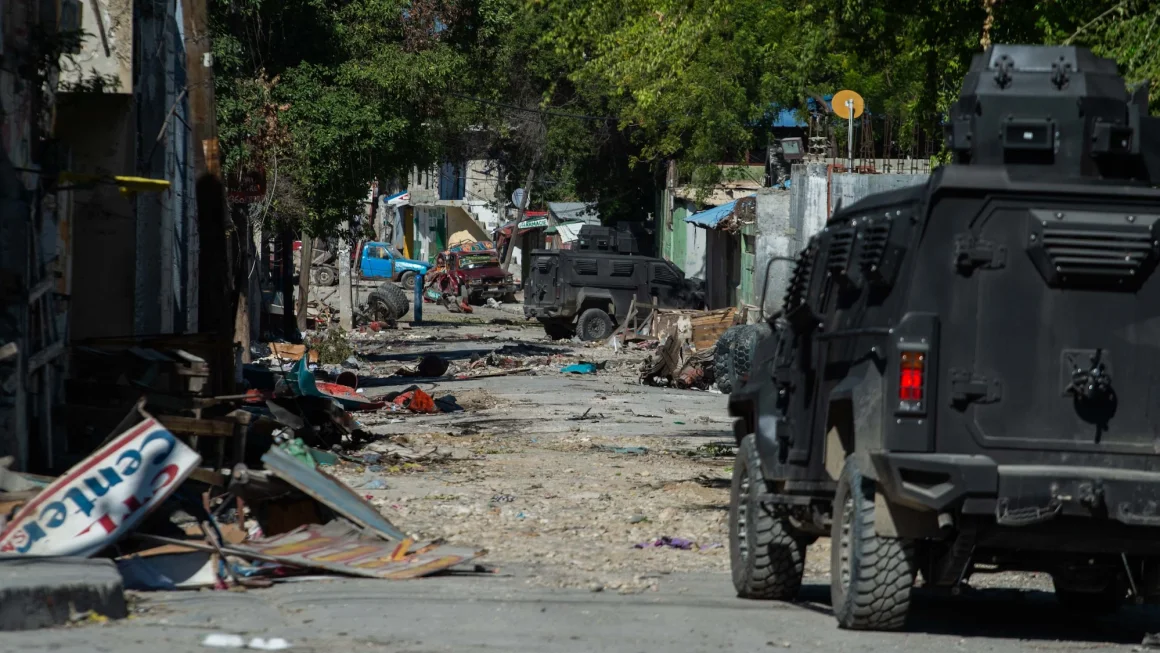
Guatemalan and Salvadorian forces arrive in Haiti to join fight against violent gangs
#News #Haiti #Guatemala #ElSalvador
A group of security forces from Guatemala and El Salvador arrived in Haiti on Friday to reinforce a multinational mission tasked with tackling the country’s rampant gang violence, the Haitian National Police announced.
The 75 Guatemalan and eight Salvadoran troops were greeted on the tarmac of the international airport in the capital, Port-au-Prince, by a host of high-ranking officials, video released by the police shows.
The officials included the leader of Haiti’s Transitional Presidential Council Leslie Voltaire, Prime Minister Alix Didier Fils-Aimé, and the United States Ambassador to Haiti Dennis Hankins.
The troops will join the foreign police force known as the Multinational Security Support (MSS) mission — a US and United Nations-backed initiative working with the Haitian police to restore security on the island amid an ongoing battle with the violent gangs.
In a statement, Normil Rameau, the acting director general of the National Police, said a “marriage” of the police with the people of Haiti remains “the most effective way to facilitate the total restoration of security and the establishment of lasting peace.”
Haiti has been ravaged by intensifying gang violence, which the government has struggled to contain in the aftermath of President Jovenel Moïse’s assassination in 2021. The island nation has also grappled with natural disasters and a worsening hunger crisis.
The UN Security Council approved the launch of the MSS in 2023 after repeated pleas for international support from Haiti’s government. The mission received the support of the United States, which offered to provide hundreds of millions of dollars in funding and resources.
However, the mission has not been without trouble. It is helmed by hundreds of Kenyan police officers, but their deployment was repeatedly delayed before eventually arriving in June last year. The officers then did not receive pay for months after their arrival.
Violence has continued to plague the country despite the mission’s presence. In November, the US civil aviation regulator grounded all flights to Haiti for weeks, after three jets from US-based airlines were struck by bullets while flying over Port-au-Prince. In a separate incident in October, gangs targeted US Embassy vehicles with gunfire, later prompting the evacuation of 20 embassy staffers.
Godfrey Otunge, the commander of the Kenyan troops in the MSS, welcomed the Guatemalan and Salvadorian soldiers on Friday while praising their partnership with the Haitian government.
“We don’t take it for granted. We have a prime minister who is also our friend,” Otunge said, according to the police video.
Read More...

Dominican Republic deported more than 276,000 Haitians in 2024
#News
The Dominican Republic deported more than 276,000 Haitians in 2024, the country’s Immigration Directorate said Wednesday.
In the last three months of the year alone, over 94,000 people were deported under a new operation aiming to remove up to 10,000 undocumented Haitians per week, ordered by the Dominican Republic’s National Security and Defense Council headed by President Luis Abinader.
Dominican authorities also deported 48,344 Haitians during the January-March quarter, 62,446 between April-June, and 71,414 from July to September, according to the statement.
Government spokesman Homero Figueroa told reporters in October that the government ramped up deportations to address an “excess” of Haitian migrants in the Dominican Republic, which shares an island with Haiti. The two countries have long seen an informal flow of people across their shared border.
Haiti’s then-Foreign Minister Dominique Dupuy condemned “brutal scenes of raids and deportations,” and demanded justice for “dehumanizing acts” against her compatriots. Dominican authorities maintain that the deportations are carried out in compliance with human rights.
In October, Reuters footage captured dozens of migrants crammed into caged Dominican Republic law enforcement trucks heading to Haiti. Aid organizations have rushed assistance to the Haitian side of the border to assist the thousands of deportees.
The mass deportations come amid a worsening political and social crisis in Haiti; gangs are estimated to control more than 80% of the country’s capital, Port-au-Prince.
Read More...
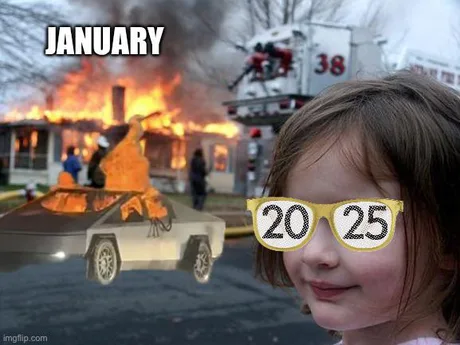
Anyway, folks, the year starts like this, wait for the end :)
This meme is renewed every year, it's fantastic. Read More...
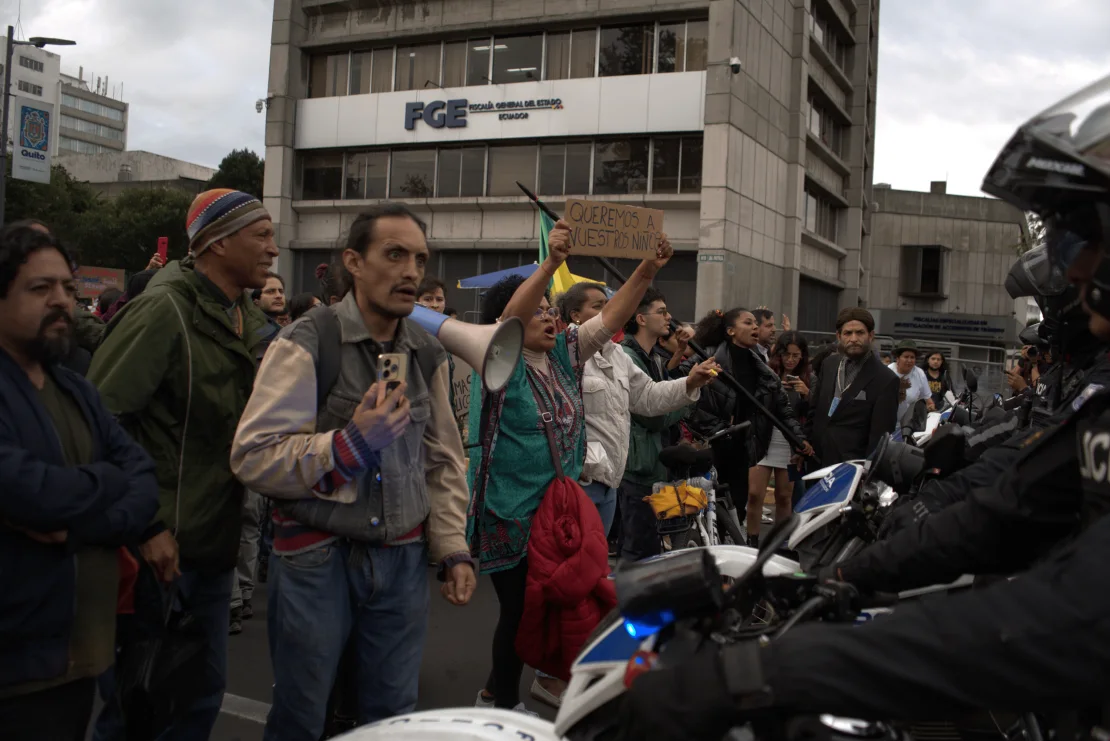
Ecuador orders detention of 16 air force members over disappearance of 4 children
#News #Ecuador
A judge in Ecuador has ordered the detention of 16 air force members accused of involvement in the disappearance of four children, whose charred remains were discovered weeks after they were seen being forced into a military patrol car against their will.
The case has shocked the nation and sparked protests against the military, which has been spearheading President Daniel Noboa’s crackdown on violent criminal groups.
On Tuesday, moments after a judge in Guayaquil ordered the detentions, prosecutors announced that forensic tests showed four charred corpses found last week belonged to the children. The bodies were found near to where the children were last seen.
The children, Saúl Arboleda, Steven Medina, and brothers Josué and Ismael Arroyo, were reported missing on December 8 after playing soccer and being detained by soldiers in Guayas province.
Video released last week by the National Assembly showed they had been coerced into getting into a patrol car against their will.
The defense ministry acknowledged that the children, aged from 11 to 15, had been detained but insisted they were later released. It also claimed that the children had been involved in a robbery, but the Prosecutor’s Office said there was no evidence to support that.
News of the forensic identifications was received with frustration and heartbreak.
“What pain to close the year with this tragedy that mourns the country. It is unacceptable that the lives of our children end in this way. Let fear not silence us, and let solidarity become the voice that demands justice so that something like this never happens again,” the prefect of Guayas Marcela Aguiñaga wrote on X.
Guayaquil Mayor Aquiles Álvarez said, “Nothing will calm the pain of the parents, just as nothing will erase the mark of murderers from all those involved, directly or indirectly. The truth is that this country has hit rock bottom. Paradigms have been broken, but to make things worse. It makes you want nothing, everything hurts.”
During the hearing, the Prosecutor’s Office had presented testimonies and video recordings that it said supported “the alleged participation of the defendants in the crime investigated.”
Outside the hearing, dozens of people, including the children’s relatives and friends, gathered en masse to demand truth and transparency.
Some carried photos of the children. Others held banners and shouted slogans such as, “They took them alive, we want them alive!” and “Sir, madam, do not be indifferent, they take children in front of people!”
The National Assembly and the Mayor’s Office of Quito have declared three days of mourning.
CNN has reached out to the defense ministry and the presidency for comment.
Last week, President Noboa said there would be no impunity in this case and asked law enforcement institutions to work with the Attorney General’s Office during the investigations.
The defense ministry and armed forces said on Tuesday that they would collaborate “without reservations or conditions” in the investigations.
Read More...
